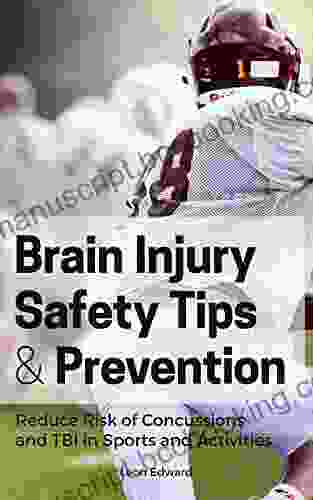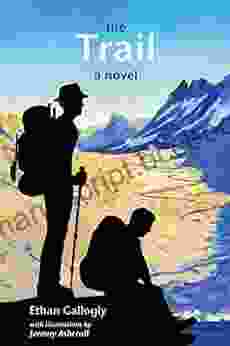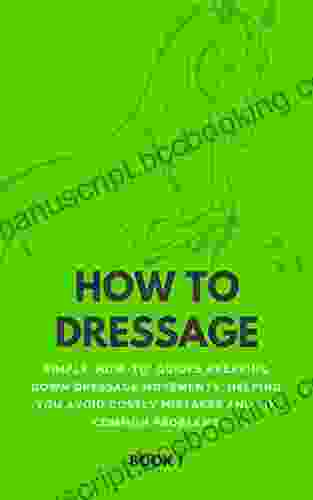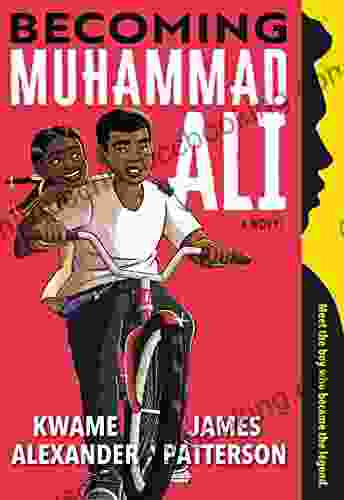Reducing the Risk of Concussions and Traumatic Brain Injury in Sports Activities

5 out of 5
| Language | : | English |
| File size | : | 852 KB |
| Text-to-Speech | : | Enabled |
| Screen Reader | : | Supported |
| Enhanced typesetting | : | Enabled |
| Word Wise | : | Enabled |
| Print length | : | 88 pages |
| Lending | : | Enabled |
Concussions and traumatic brain injuries (TBIs) are a major concern for athletes of all ages. In the United States, an estimated 1.6 million concussions occur in sports and recreational activities each year. Concussions can have a significant impact on an athlete's health, both in the short-term and the long-term.
Short-term effects of a concussion can include:
* Headache * Nausea * Vomiting * Dizziness * Balance problems * Memory problems * Difficulty concentrating * Mood changes * Sleep problems
Long-term effects of a concussion can include:
* Chronic headaches * Memory problems * Difficulty concentrating * Mood changes * Sleep problems * Increased risk of depression and anxiety * Increased risk of dementia
TBIs are even more serious than concussions. TBIs can cause permanent brain damage and even death.
The good news is that there are a number of things that athletes can do to reduce their risk of concussions and TBIs. These include:
* Wearing a helmet * Playing on a safe surface * Learning proper tackling techniques * Avoiding head-to-head contact * Getting regular exercise
Wearing a Helmet
Wearing a helmet is one of the most effective ways to reduce the risk of a concussion or TBI. Helmets can protect the head from impact and can help to absorb some of the force of a blow.
All athletes should wear a helmet when participating in sports activities that involve a risk of head injury. This includes sports such as football, hockey, baseball, softball, soccer, and lacrosse.
When choosing a helmet, it is important to select one that fits properly and is approved by a safety organization such as the National Operating Committee on Standards for Athletic Equipment (NOCSAE).
Playing on a Safe Surface
Playing on a safe surface can also help to reduce the risk of a concussion or TBI. Hard surfaces, such as concrete or asphalt, can increase the risk of head injury. Soft surfaces, such as grass or turf, can help to absorb some of the force of a blow.
When possible, athletes should play on soft surfaces. If playing on a hard surface is unavoidable, athletes should take steps to minimize the risk of head injury, such as wearing a helmet and avoiding head-to-head contact.
Learning Proper Tackling Techniques
Proper tackling techniques can help to reduce the risk of a concussion or TBI. Athletes should be taught to tackle with their heads up and to avoid leading with their heads.
Football players should be taught to tackle using the "heads-up" technique. This technique involves keeping the head up and looking at the opponent. The player should make contact with the opponent with their shoulder, not their head.
Hockey players should be taught to tackle using the "body-checking" technique. This technique involves using the body to check the opponent, not the head. The player should make contact with the opponent with their shoulder, not their head.
Avoiding Head-to-Head Contact
Avoiding head-to-head contact is one of the most important things that athletes can do to reduce the risk of a concussion or TBI. Head-to-head contact can occur in a variety of sports, including football, hockey, soccer, and lacrosse.
Athletes should be taught to avoid head-to-head contact by:
* Keeping their heads up * Looking at the opponent * Making contact with the opponent with their shoulder, not their head * Avoiding blindsided hits
Getting Regular Exercise
Getting regular exercise can help to reduce the risk of a concussion or TBI. Exercise helps to strengthen the neck muscles, which can help to protect the head from impact. Exercise also helps to improve balance and coordination, which can help to reduce the risk of falls.
All athletes should get regular exercise. Children and adolescents should get at least 60 minutes of moderate-intensity exercise each day. Adults should get at least 150 minutes of moderate-intensity exercise each week.
Concussions and TBIs are a major concern for athletes of all ages. However, there are a number of things that athletes can do to reduce their risk of these injuries. By following the tips in this article, athletes can help to protect their heads and reduce their risk of serious injury.
5 out of 5
| Language | : | English |
| File size | : | 852 KB |
| Text-to-Speech | : | Enabled |
| Screen Reader | : | Supported |
| Enhanced typesetting | : | Enabled |
| Word Wise | : | Enabled |
| Print length | : | 88 pages |
| Lending | : | Enabled |
Do you want to contribute by writing guest posts on this blog?
Please contact us and send us a resume of previous articles that you have written.
 Book
Book Novel
Novel Page
Page Chapter
Chapter Text
Text Story
Story Genre
Genre Reader
Reader Library
Library Paperback
Paperback E-book
E-book Magazine
Magazine Newspaper
Newspaper Paragraph
Paragraph Sentence
Sentence Bookmark
Bookmark Shelf
Shelf Glossary
Glossary Bibliography
Bibliography Foreword
Foreword Preface
Preface Synopsis
Synopsis Annotation
Annotation Footnote
Footnote Manuscript
Manuscript Scroll
Scroll Codex
Codex Tome
Tome Bestseller
Bestseller Classics
Classics Library card
Library card Narrative
Narrative Biography
Biography Autobiography
Autobiography Memoir
Memoir Reference
Reference Encyclopedia
Encyclopedia Jessica Hische
Jessica Hische Jacques Ellul
Jacques Ellul Felipe Fernandez Armesto
Felipe Fernandez Armesto Finn V Gratton
Finn V Gratton F A Hayek
F A Hayek Evan F Moore
Evan F Moore Satchin Panda
Satchin Panda Filip Forsberg
Filip Forsberg Lawrence A Cunningham
Lawrence A Cunningham Robert R Reilly
Robert R Reilly Federica Seneghini
Federica Seneghini Mitchell Stephens
Mitchell Stephens Sanford Meisner
Sanford Meisner Evan Winter
Evan Winter Tom Murry
Tom Murry Jill Roesler
Jill Roesler Jason Mcdonald
Jason Mcdonald Supana Onikage
Supana Onikage Fiona Danks
Fiona Danks Fleur Pierets
Fleur Pierets
Light bulbAdvertise smarter! Our strategic ad space ensures maximum exposure. Reserve your spot today!
 Francis TurnerFollow ·3.8k
Francis TurnerFollow ·3.8k Al FosterFollow ·10k
Al FosterFollow ·10k Richard AdamsFollow ·14.4k
Richard AdamsFollow ·14.4k Ivan CoxFollow ·9.4k
Ivan CoxFollow ·9.4k Howard PowellFollow ·13k
Howard PowellFollow ·13k John KeatsFollow ·12.9k
John KeatsFollow ·12.9k William PowellFollow ·4k
William PowellFollow ·4k Dean CoxFollow ·9.2k
Dean CoxFollow ·9.2k
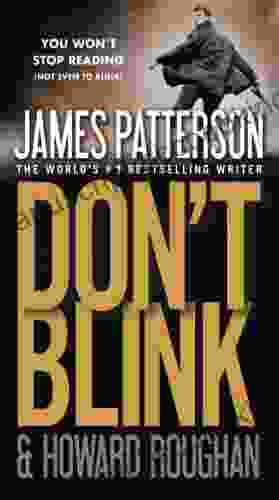
 W.H. Auden
W.H. AudenStep into a World of Thrilling Deception: Don Blink by...
Unveiling the Masterpiece of Suspense:...
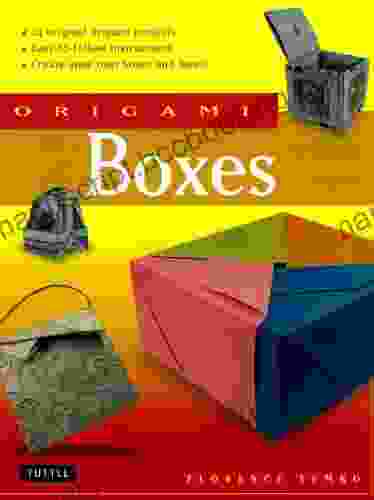
 Jaylen Mitchell
Jaylen MitchellUnleash Your Creativity with "This Easy Origami": A...
: Embark on an Enchanting Voyage into the...
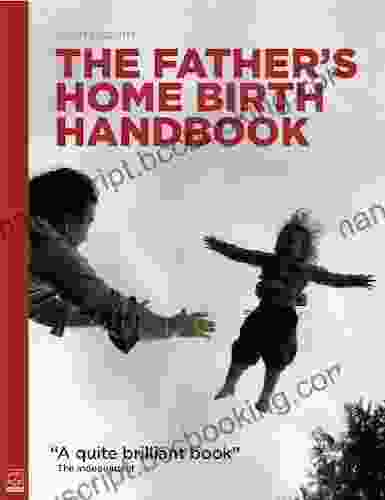
 Vladimir Nabokov
Vladimir NabokovEmpowering Home Births: A Comprehensive Guide for Fathers...
An In-Depth Exploration of Paternal...

 Juan Rulfo
Juan RulfoThe Maya Exodus: Indigenous Struggle for Citizenship in...
The Maya Exodus: Indigenous Struggle for...
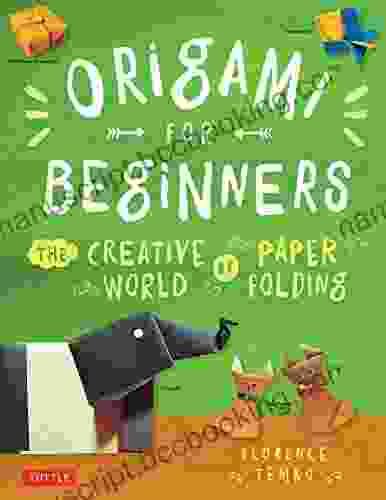
 Julio Ramón Ribeyro
Julio Ramón RibeyroKana Made Easy: Dive into Japanese the Fun and Effortless...
Unveiling the Secrets...
5 out of 5
| Language | : | English |
| File size | : | 852 KB |
| Text-to-Speech | : | Enabled |
| Screen Reader | : | Supported |
| Enhanced typesetting | : | Enabled |
| Word Wise | : | Enabled |
| Print length | : | 88 pages |
| Lending | : | Enabled |


